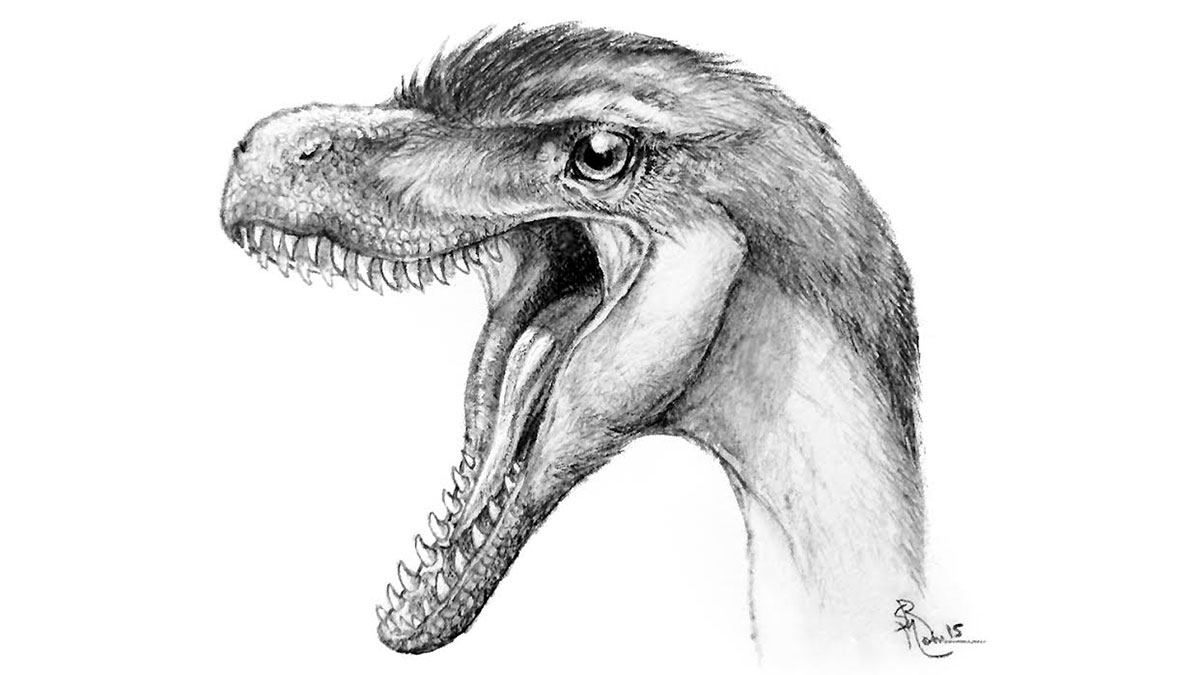 Supplied
SuppliedEver since she was four, Angelica Torices knew that she wanted to study dinosaurs.
But rather than the six metre-long fossils typically associated with her profession, Torices specializes in something significantly smaller. Torices and her team discovered 142 teeth in the Southern Pyrenees region of Spain. Further investigation of the teeth, which ranged from 1.5 to 61 millimeters, revealed that the diversity of carnivorous theropod dinosaurs in the region was much higher than previously thought.
“This gives you a completely new vision of the area,” Torices said. “You go from envisioning an area with two predators to an area with eight, from the size of a chicken to the size of an Albertosaurus.”
Since teeth are covered in enamel, which is extremely hard and preserves very well, Torices said they often contain a wealth of information for such a small find.
“We can take any number of measurements, from length to circumference to studying the small serrations on the teeth,” Torices said. “All these measurements allow us to classify these teeth (to their species).”
As the southern Pyrenees run along the sea, Torices noted this environment is typically biased against full-skeleton preservation. When examined in tandem with other bone beds in the region, Torices said this find has even more significance.
“Seeing which teeth are older than others is important in understanding what happened at the end of the Cretaceous,” Torices said. “From these finds, we see that there was no decrease in diversity until the end of this era, so we can deduce that something really dramatic happened to these dinosaurs.”
Torices said she’s excited to see her research come to the spotlight, having been involved with this project since its inception in 2007.
“This is a culmination of many years of study. It is where I began my research career, so it holds a special spot in my heart for me,” she said.
Torices added that she’s looking forward to future studies in Spain, as paleontological teams have been digging there for significantly less time than in areas like Dinosaur Provincial Park in Alberta.
She and her team wrote an article on this topic, which appeared in the August issue of Acta Palaeontologica PolonicaI, a prestigious paleontological journal. With continued co-operation between U of A researchers and her colleagues Jose Ignacio Canudo and Xavier Pereda-Superbiola of Spain, she anticipates many discoveries in the future.
“We now know that these methods are really useful,” Torices said. “These teeth can give real information in areas where there isn’t much material.”




